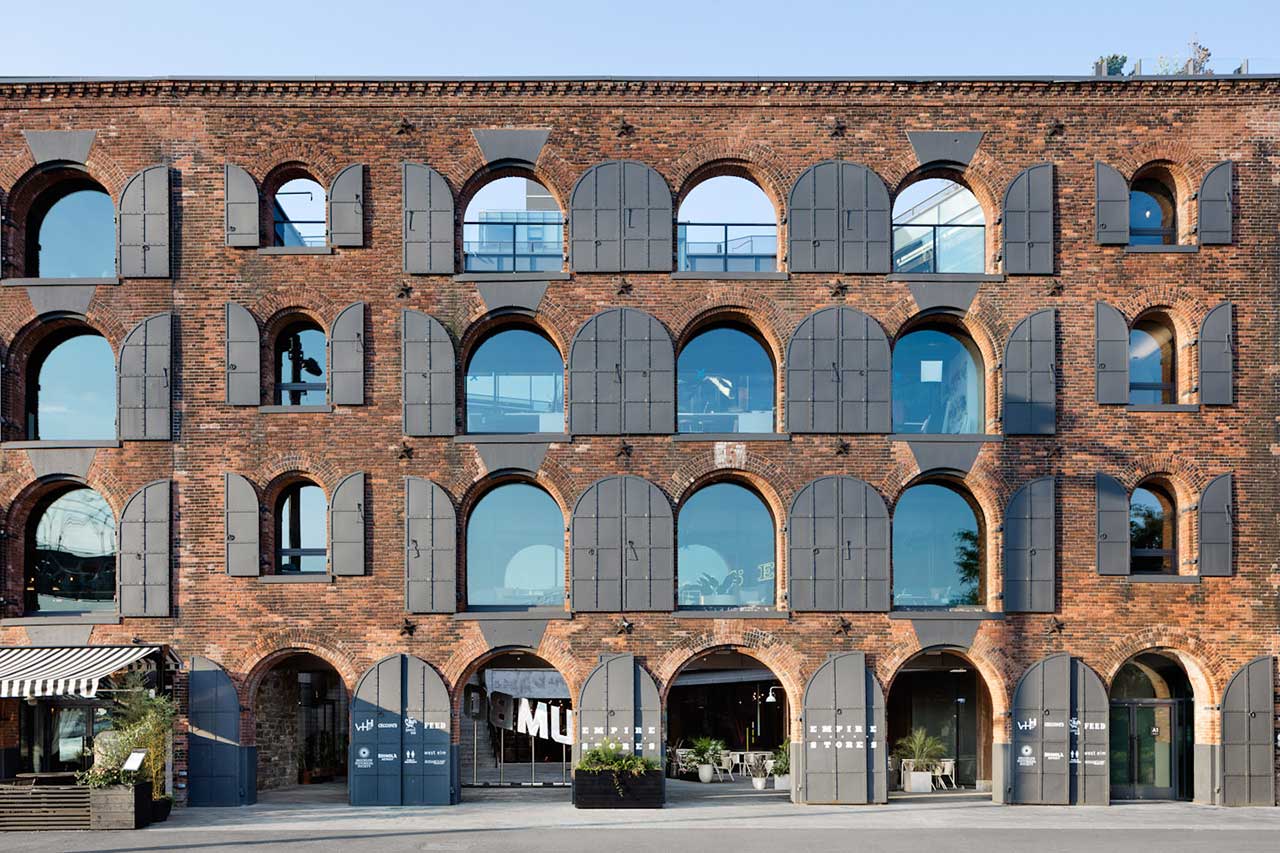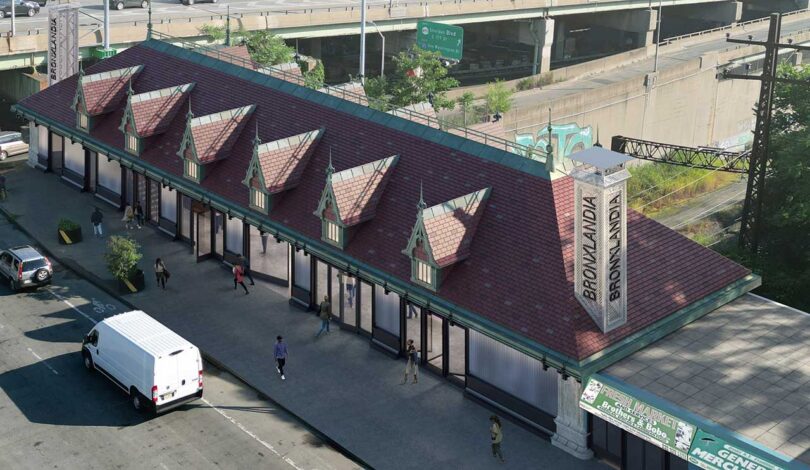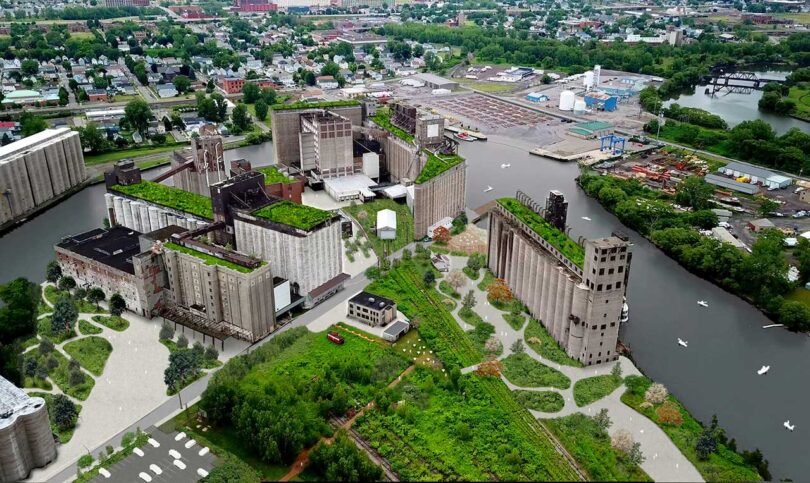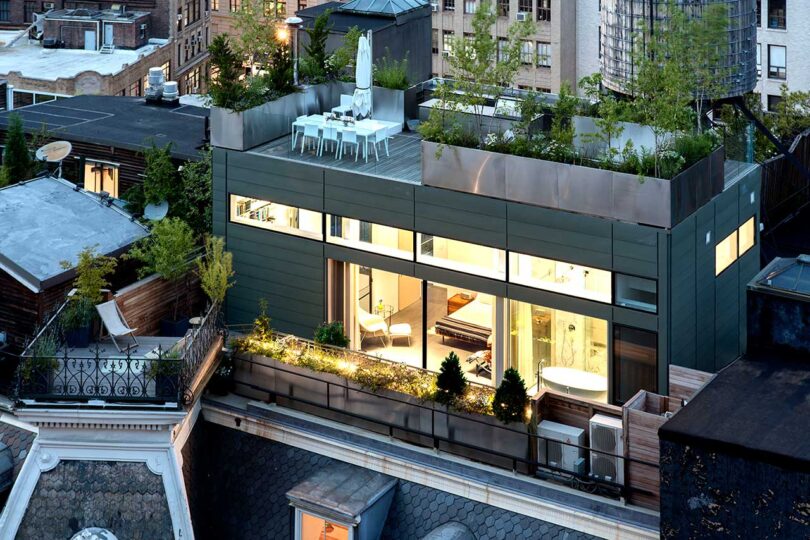“Now, this is a question I think is wrong on its face,” says Jay Valgora, founder and principal of Studio V Architecture, when we asked him what cities can do to lure one-time urban dwellers back from the suburbs – where, perhaps, they fled during the pandemic. He rejects the perspective that the pandemic has fatally wounded urban centers. “I think that cities are the greatest invention of man,” says Valgora, who was raised in Buffalo, New York, and is now based in New York City. “It’s our greatest artifact. It’s our greatest collective work of art. But for me also, they are one of the greatest measures of our resiliency. There are many, many examples of [an imperiled] New York – from the Revolutionary War, when it was destroyed and occupied by the British, to the Civil War, when it was the site of race riots, to the 1970s, when Central Park was decimated. Always the city has come back. I’m a terrible optimist when it comes to cities, and I believe that New York City is incredibly resilient, and it rises again and reinvents itself – and we, as architects, have a role in helping reinvent it and creating the new city that it will constantly become.”
In this week’s Milkshake, we spoke with Valgora about the legacy and importance of cities in civic life – and about the many projects he’s taken on to make cities stronger, better places: “One thing I love about the studio is that we just do a huge range of projects – there’s really no single thing I’m working on,” he says. “The studio is working on affordable housing. We’re doing the largest geothermal project ever done in the history of New York. We’re working to create a marine terminal in Red Hook and a home for the New York City ferry system. I’m doing the rail overbuild in South Brooklyn and [Bronxlandia], the community hub in the Bronx. I’m developing new beach house prototypes for Edgemere and the Rockaways so the city can create more affordable housing there. We’re doing a maker space in Greenpoint, a public space under highway ramps in Long Island City, and finally a small community theater in Buffalo.” All of these projects, he says, point to a sole guiding philosophy: “All of them, in some way, are about the reinvention of the city – about reconnecting the edges of our neighborhoods and making our cities more green and resilient.”
Also in this week’s Milkshake: Valgora shares more details about Bronxlandia, the Bronx community space, in which a “ruined train station” will be converted into “a place of activity for the entire community, [for] entrepreneurial elements, film shoots, all different kinds of public events.” And he talks about how architects will continue to respond to new, flexible ideas about what a workspace can be, even as he designs a new studio for his own practice: “Offices and residential environments are converging, and we really need to create new kinds of spaces to work in and collaborate,” he says. For more, tune in!
Diana Ostrom, who has written for Wallpaper, Interior Design, ID, The Wall Street Journal, and other outlets, is also the author of Faraway Places, a newsletter about travel.
Milkshake, DMTV (Design Milk TV)’s first regular series, shakes up the traditional interview format by asking designers, creatives, educators and industry professionals to select interview questions at random from their favorite bowl or vessel. During their candid discussions, you’ll not only gain a peek into their personal homeware collections, but also valuable insights into their work, life and passions.



